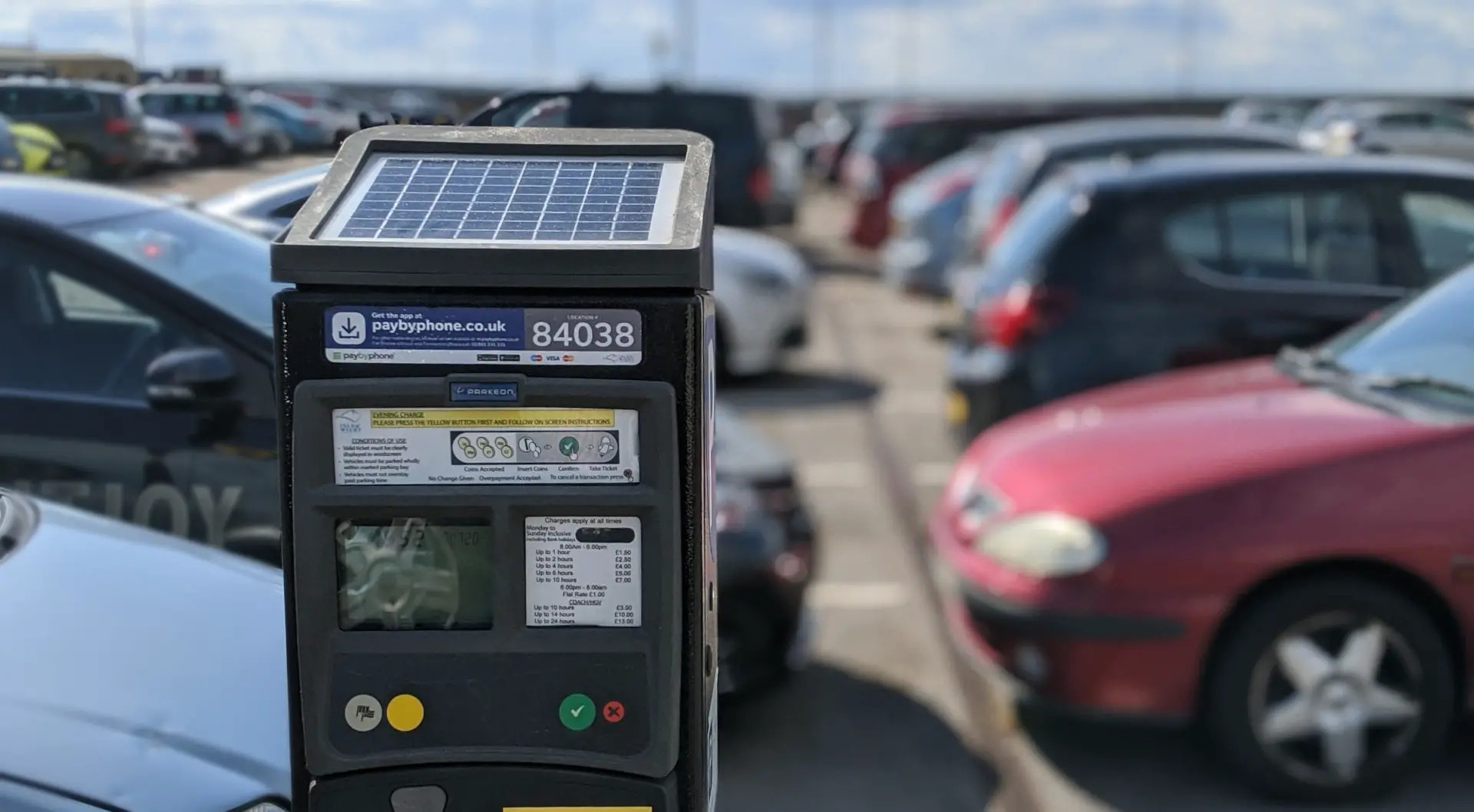With an estimated 15,000 more cars on the Isle of Wight in 2026 than in 2011, the council is looking at whether it has enough parking capacity to support the demand.
At last week’s Cabinet meeting, the council approved the parking development plan, which includes ideas to generate steady income whilst keeping up with the projected growth.
The contract to review the parking situation and present ideas was awarded to White, Young, Green (WYG) in summer 2019. See the papers below. The team were asked to look at many aspects, including balancing revenue potential for car parking activities against the economic impact of parking charges and policies.
Review of car parks
As part of the work, council-owned car parks have been reviewed for regeneration projects, disposal for developments or the potential of additional spaces.
Car parks in Newport and Ventnor are not considered suitable for additional parking needs, but it has been suggested that variable message signs be installed in the towns to advise motorists which car parks have empty spaces.
Disappearing car parks
Those at risk of being disposed of include the Mornington Road car park in Cowes and part of Fort Street in Sandown.
While the Fort Street car park is currently under-utilised and only creates a low income, the council expect it could increase with the potential increase of activity at Dinosaur Isle, so not all of the car park has been earmarked for development.
Multi-storey parking?
More spaces could be provided in Cross Street car park, Cowes, where a light-weight deck could be installed to provide multi-storey parking.
There have been warnings this could be costly.
Feedback from stakeholders
Consultation with key stakeholders highlighted ways the car parks could improve, including pay as you exit parking, the possibility of the first hour(s) free and measures to encourage people back to the high street following the Covid pandemic.
As an increase to the revenue stream, the Isle of Wight Council proposed in last year’s budget to increase parking charges, something cabinet member for strategic resources, Cllr Stuart Hutchinson, said did not seem to deter people from buying more cars.
Reduce car usage
Cllr Ian Ward, cabinet member for infrastructure and transport, however, said it was the council’s strategy to reduce car usage, instead of building any more car parks.
With more people working from home, which could potentially stick after the Covid pandemic is over, he felt the strategy may work.
Cllr Ward said the plan was a live document that could be adapted to any arising situation.
This article is from the BBC’s LDRS (Local Democracy Reporter Service) scheme, which News OnTheWight is part of. Read here to find about more about how that scheme works on the Island. Some alterations and additions may have been made by News OnTheWight. Ed
Image: © Isle of Wight Council





